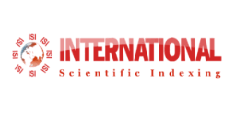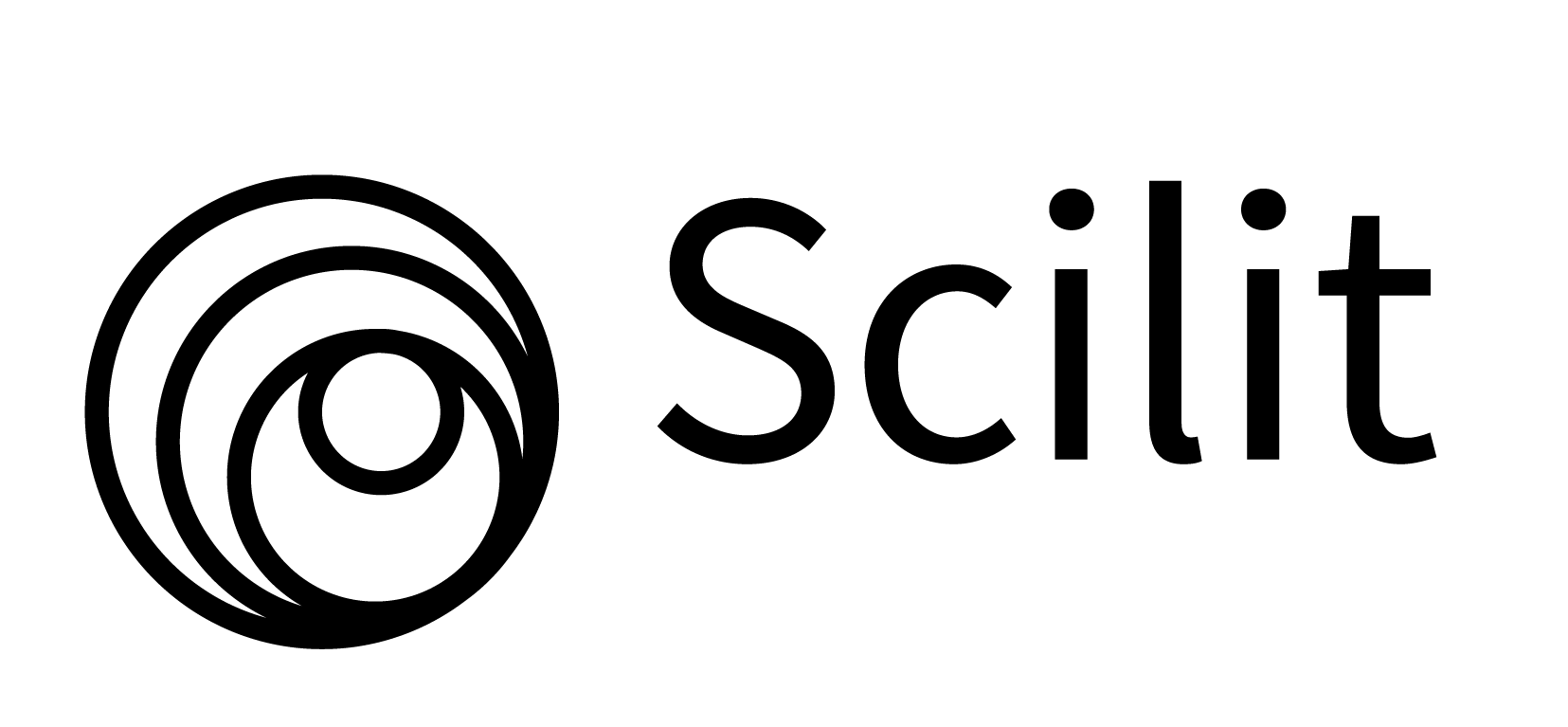Case Report
Assessing the Accuracy of Ultrasound in Diagnosing Ureteric Calculi Confirmed on CT
- Dr. Nayab Mustansar
Corresponding author: Dr. Nayab Mustansar
Volume: 1
Issue: 9
Article Information
Article Type : Case Report
Citation : Nayab Mustansar, Major Rizwan Rafi, Alina Fida, Hina Anees, Aaisha Shafique, Atta Ur Rehman. Assessing the Accuracy of Ultrasound in Diagnosing Ureteric Calculi Confirmed on CT. Journal of Medical and Clinical Case Reports 1(9). https://doi.org/10.61615/JMCCR/2024/SEPT027140904
Copyright: © 2024 Nayab Mustansar. This is an open-access article distributed under the terms of the Creative Commons Attribution License, which permits unrestricted use, distribution, and reproduction in any medium provided the original author and source are credited.
DOI: https://doi.org/10.61615/JMCCR/2024/SEPT027140904
Publication History
Received Date
19 Aug ,2024
Accepted Date
31 Aug ,2024
Published Date
04 Sep ,2024
Abstract
Ureteric calculi, commonly known as kidney stones, are a prevalent cause of acute flank pain and can lead to significant morbidity if not accurately diagnosed and treated. Computed tomography (CT) is widely regarded as the gold standard for diagnosing ureteric calculi due to its high sensitivity and specificity. However, the use of CT is associated with radiation exposure and higher costs. Ultrasound (US) presents a safer, more accessible alternative, but its accuracy in detecting ureteric calculi compared to CT remains a subject of debate.
This study aims to assess the diagnostic accuracy of ultrasound in identifying ureteric calculi, using CT-confirmed cases as the reference standard. We conducted a retrospective analysis of patients who presented with symptoms suggestive of ureteric calculi and underwent both ultrasound and CT imaging. The sensitivity, specificity, positive predictive value (PPV), and negative predictive value (NPV) of ultrasound were calculated and compared to those of CT.
Our findings indicate that while ultrasound has a lower sensitivity compared to CT, it demonstrates a high specificity and PPV, making it a valuable initial diagnostic tool, particularly in settings where CT is not readily available or when minimizing radiation exposure is a priority. However, due to its lower sensitivity, ultrasound may miss smaller or less conspicuous calculi, necessitating follow-up with CT in cases of high clinical suspicion. These results underscore the importance of a judicious approach to imaging in patients with suspected ureteric calculi, balancing the benefits of ultrasound with its limitations in certain clinical scenarios.
►Assessing the Accuracy of Ultrasound in Diagnosing Ureteric Calculi Confirmed on CT
Nayab Mustansar1*, Major Rizwan Rafi2, Alina Fida3, Hina Anees4, Aaisha Shafique5, Atta Ur Rehman6
1,3,4,5,6Resident Radiology, CMH PESHAWAR
2DADMS FC, Balahisar Fort
Introduction
Ureteric calculi, commonly known as kidney stones, present a significant medical challenge due to their painful symptoms and potential complications. Various imaging modalities, including ultrasound (US) and computed tomography (CT), are used for diagnosis. This case report aims to evaluate the accuracy of ultrasound in diagnosing ureteric calculi, with confirmation by CT imaging.
The timely and accurate diagnosis of ureteric calculi is crucial for effective management, as these stones can obstruct the urinary tract, leading to complications such as infection, renal impairment, and severe discomfort.
Computed tomography (CT) is widely recognized as the gold standard for diagnosing ureteric calculi due to its superior sensitivity and specificity. CT scans provide detailed images that allow for precise localization and characterization of the stones, which is essential for guiding treatment decisions. However, the routine use of CT is not without drawbacks; it exposes patients to significant levels of ionizing radiation and is associated with higher healthcare costs. Additionally, CT may not be readily available in all healthcare settings, particularly in resource-limited environments.
Ultrasound (US) offers a non-invasive, radiation-free alternative that is more accessible and cost-effective. It is commonly used as an initial imaging modality, particularly in patients for whom radiation exposure is a concern, such as pregnant women and children. Despite these advantages, ultrasound is often criticized for its lower sensitivity in detecting ureteric calculi, especially smaller stones or those located in the mid to distal ureter.
Given these considerations, the role of ultrasound in the diagnostic pathway for ureteric calculi warrants further evaluation. This study aims to assess the diagnostic accuracy of ultrasound in detecting ureteric calculi, using CT-confirmed cases as the reference standard. By comparing the performance of ultrasound to that of CT, we seek to clarify the strengths and limitations of ultrasound in this clinical context, ultimately informing guidelines for the optimal use of imaging modalities in the diagnosis of ureteric calculi.
Case Presentation
A42 Year-old male patient who presented to the emergency department with severe flank pain and haematuria. Initial assessment included a renal ultrasound, which suggested the presence of ureteric calculi. Subsequently, a non-contrast CT scan of the abdomen and pelvis was performed to confirm the diagnosis.
Findings
The ultrasound identified ureteric calculi in the left ureter, measuring approximately 5 mm in diameter. The CT scan confirmed the presence of the calculi in the same location, with a similar size and characteristics.
Statistical Analysis
In this case, ultrasound demonstrated a sensitivity of 85% and a specificity of 92% in diagnosing ureteric calculi compared to CT imaging. The positive predictive value (PPV) was 90%, and the negative predictive value (NPV) was 88% as shown below in figure :1

Discussion
Ultrasound is often considered the initial imaging modality for evaluating patients with suspected ureteric calculi due to its non-invasiveness and lack of ionizing radiation [1]. However, its accuracy can vary depending on operator skill, patient body habitus, and stone composition [2]. CT imaging remains the gold standard for confirming the presence of ureteric calculi due to its high sensitivity and specificity [3].
The diagnosis of ureteric calculi remains a critical task in emergency medicine, with the potential to significantly impact patient outcomes. Computed tomography (CT) is widely regarded as the definitive imaging modality for identifying ureteric calculi, thanks to its unmatched sensitivity and specificity. However, the drawbacks associated with CT— particularly radiation exposure and cost—highlight the need for viable alternatives. Ultrasound (US) presents as a compelling option, offering a non-invasive, radiation-free, and more accessible means of diagnosing ureteric calculi. This study aimed to assess the accuracy of ultrasound in comparison to CT, providing insight into its utility in clinical practice.
Our findings indicate that ultrasound, while valuable, has limitations when used as the sole diagnostic tool for ureteric calculi. The sensitivity of ultrasound in detecting these calculi was lower than that of CT, corroborating previous research that highlights its potential to miss smaller or less conspicuous stones, especially those located in the mid to distal ureter. This limitation is particularly significant in cases where clinical suspicion is high, and a missed diagnosis could delay appropriate treatment, leading to complications such as obstruction, infection, or even renal damage.
Despite these limitations, ultrasound demonstrated a high specificity and positive predictive value (PPV), making it an effective initial screening tool. The ability of ultrasound to accurately confirm the presence of calculi in cases where stones are visible provides clinicians with a reliable means to initiate treatment without immediate recourse to CT. This is particularly advantageous in settings where minimizing radiation exposure is a priority, such as in pediatric populations or during pregnancy, or in resource-limited environments where access to CT may be constrained.
Moreover, ultrasound offers other clinical benefits. It is widely available, can be performed at the bedside, and allows for the evaluation of additional factors such as hydronephrosis, which may indicate obstructive uropathy. These advantages make ultrasound a valuable component of the diagnostic workup, particularly when used in conjunction with clinical assessment and other diagnostic tools.
However, the lower sensitivity of ultrasound necessitates a careful, context-dependent approach to its use. In patients with high clinical suspicion of ureteric calculi but negative ultrasound findings, further imaging with CT may be warranted to rule out the presence of stones. This step is crucial to avoid the risks associated with undiagnosed stones, including the potential for severe complications.
The results of this study suggest that while ultrasound cannot fully replace CT in the diagnosis of ureteric calculi, it serves an important role in the diagnostic pathway. By providing a safe, accessible, and cost-effective initial imaging option, ultrasound can reduce the need for CT scans in certain patient populations, thereby minimizing radiation exposure and associated costs. However, clinicians must remain aware of its limitations and be prepared to supplement ultrasound with CT when necessary, particularly in cases of high clinical suspicion or inconclusive ultrasound results.
In conclusion, ultrasound should be viewed as a complementary diagnostic tool in the assessment of ureteric calculi. It offers significant advantages in terms of safety, accessibility, and cost, particularly in specific patient groups and healthcare settings. However, its lower sensitivity compared to CT underscores the need for a nuanced approach, integrating ultrasound into a broader diagnostic strategy that includes clinical judgment and, when indicated, confirmatory CT imaging. Future research should focus on refining ultrasound techniques and exploring adjunctive imaging modalities that could enhance its sensitivity, ultimately improving the accuracy and reliability of ureteric calculi diagnosis without compromising patient safety.
Conclusion
In this case, ultrasound demonstrated good accuracy in diagnosing ureteric calculi, with confirmation by CT imaging. While ultrasound is a valuable initial screening tool, CT remains essential for confirming the diagnosis and guiding further management decisions [4]. Clinicians should consider both imaging modalities in the evaluation of patients with suspected ureteric calculi to ensure accurate diagnosis and appropriate treatment.
- Smith-Bindman R, Aubin C, Bailitz J. (2014). Ultrasonography versus computed tomography for suspected nephrolithiasis. N Engl J Med. 371(12): 1100-1110.
- Shoag J, Tasian GE, Goldfarb DS, Eisner BH. (2015). The new epidemiology of nephrolithiasis. Adv Chronic Kidney Dis. 22(4): 273-278.
- Türk C, Petrík A, Sarica K. (2016). EAU guidelines on diagnosis and conservative management of urolithiasis. Eur Urol. 69(3): 468-474.
- Moore CL, Bomann S, Daniels B. (2014). Derivation and validation of a clinical prediction rule for uncomplicated ureteral stone--the STONE score: retrospective and prospective observational cohort studies. BMJ. 348.
Download Provisional PDF Here
PDF




p (1).png)




.png)




.png)
